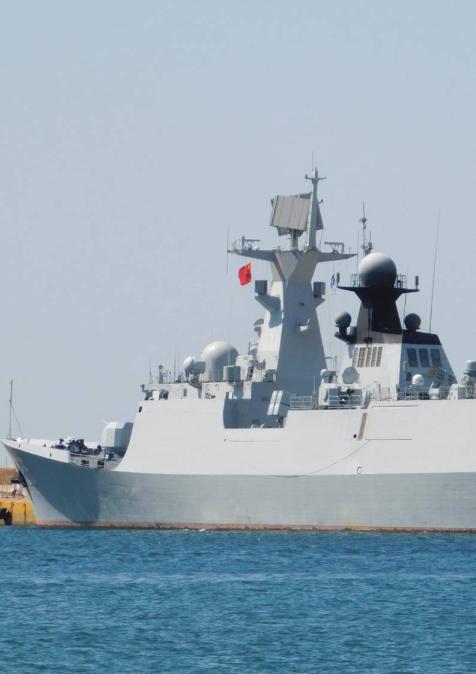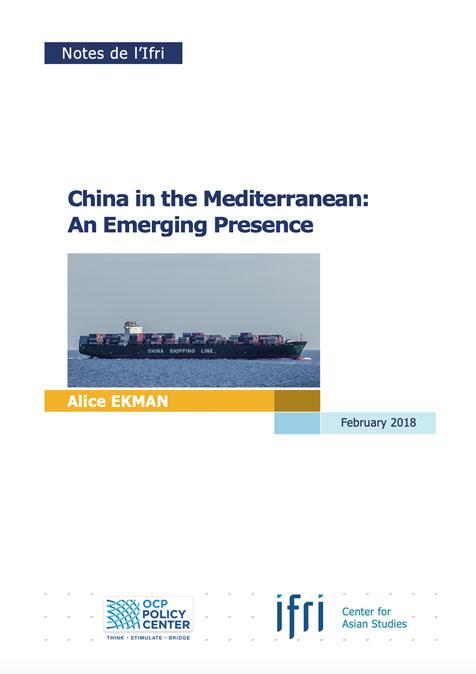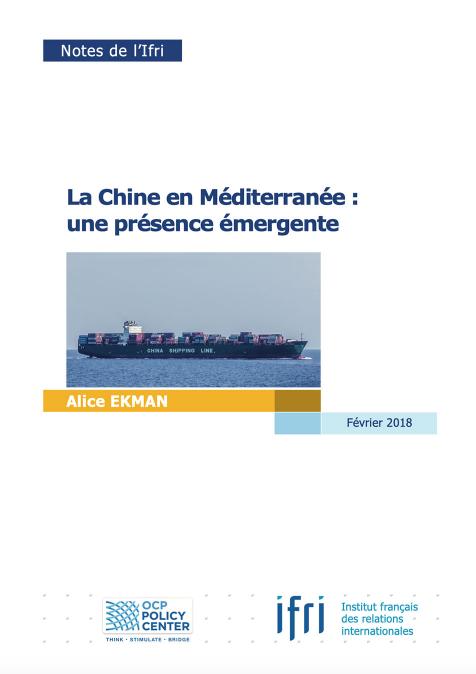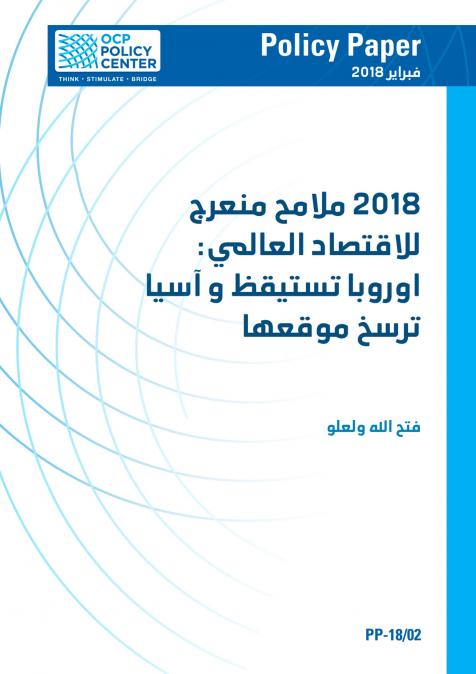Publications /
Opinion
Cementing the Position of a Global Power
No doubt the news was unwelcome for Pentagon planners in Washington, who had long pressured the Venezuelan government. In August, the United States placed a $50 million bounty on the Venezuelan leader’s arrest. By late September 2025, multiple Chinese vessels, including a naval hospital ship, were detected in the Caribbean. These ships appear to be part of a broader Chinese diplomatic and military strategy in Latin America, heightening tensions in a region already sensitive to U.S. naval operations. Around the same time, U.S. forces reportedly destroyed a few local boats alleged to be drug smugglers.
In response, the Maduro government readied its forces, deploying troops and projecting air power, while Chinese warships were reportedly on hand to support Venezuela. Videos circulated on social media showing these ships, suggesting China’s interest in Venezuelan oil fields, a likely motivator for its naval presence in waters it seldom traversed before. Times have changed: China now positions itself as a global superpower, a rival to the United States, which under its current president strives to “make America great again.”
According to Newsweek (September 8, 2025), Beijing deployed its new naval hospital ship, the Silk Arc, to Latin America and the Southern Pacific for a 220-day “Harmony Mission.” While framed as a medical and cultural exchange, its presence in a region traditionally dominated by U.S. influence is widely interpreted in Caracas as a strategic maneuver to expand China’s geopolitical and economic footprint. Indeed, Reuters reported that a Chinese company, China Concord Resources Corp., is prepared to invest $1 billion in Venezuelan oil exploration and development.
China’s global expansion now reaches far beyond the Pacific, including oceans historically dominated by the U.S. The New York Times (July 17, 2025) noted that Beijing is testing how far its navy can operate from home and how effectively its warships can coordinate on the open seas. Recent exercises involving two aircraft carriers demonstrated China’s growing ambition to assert dominance in the Western Pacific. The BBC (September 1, 2025) described the pace of China’s naval expansion as “breakneck,” noting its shipbuilding capacity is roughly 200 times that of the United States. Between 2019 and 2023, China’s four largest shipyards produced 39 warships totaling 550,000 tonnes, according to the Center for Strategic and International Studies.
Nick Childs, a maritime expert at the London-based International Institute for Strategic Studies, emphasized that while the U.S. Navy retains firepower advantages, the capability gap with China is narrowing due to America’s declining shipbuilding capacity over recent decades.
Anti-Access/Area Denial Strategy
From late May through much of June, the two Chinese carriers, Liaoning and Shandong, conducted intensive flight operations near Japan, with up to 90 daily takeoffs and landings of fighter jets and helicopters. Each carrier was escorted by several warships. This marked the first time two carriers operated beyond the “first island chain”—the barrier of islands east of China, including Okinawa and Taiwan—toward Guam, a U.S. military hub in the “second island chain” stretching from Tokyo to south of Palau.
By 2040, according to The New York Times, China may field six carriers. Xi Jinping appears determined to expand China’s carrier fleet and other major military assets to solidify the country’s status as a global power. The People’s Liberation Army Navy (PLAN) is now the largest in the world by ship count. While the U.S. retains superior firepower, China’s rapid modernization and massive shipbuilding program are creating an assertive naval force capable of challenging the U.S. and its allies in the Indo-Pacific.
Retired U.S. Navy Captain James Fanell observed that the fleet’s size reflects the seriousness with which China’s Central Military Commission is pursuing Xi Jinping’s directive to develop the capability to take Taiwan. Regional sea control, particularly in the South China Sea and around Taiwan, remains a priority. China’s rapid buildup reinforces its anti-access/area-denial strategy. In March 2025, the PLA budget rose by 7.2 percent, enabling global expansion projects and advancing China’s goal to operate the world’s largest submarine fleet by 2030.
The Outlook
Captain Fanell noted a “rosy” outlook for PLAN’s growth in 2025, with the commissioning of Type 055 cruisers, destroyers, frigates, and possibly four nuclear submarines. This expansion continues to shift the balance of power beyond East Asia into global waters. By 2030, PLAN’s fleet is projected to reach 435 ships. While numerical superiority is clear, challenges remain, including smaller overall tonnage and gaps in logistics and combat experience required for sustained global operations.
PLAN is moving from “near-seas defense” to “far-seas protection,” extending reach through overseas facilities such as Ream Naval Base in Cambodia and deploying task forces to regions like the Gulf of Aden. Chinese forces have also conducted joint exercises with Iran in the Gulf of Oman, coordinated with Russia in the Asia-Pacific, and operated in the Sea of Japan and Sea of Okhotsk, all while proudly showcasing new carriers to the public in Hong Kong.
While China participates in anti-piracy operations, the PLAN lacks recent real-world combat experience; its last major engagement dates back to the Sino-Vietnamese conflict in 1979. According to Modern Diplomacy (January 4, 2025), China’s biggest weakness is its limited operational experience. Military analyst Girish Linganna concludes that “despite its ambition, China’s naval power projection remains a paper tiger, faltering under scrutiny.”






